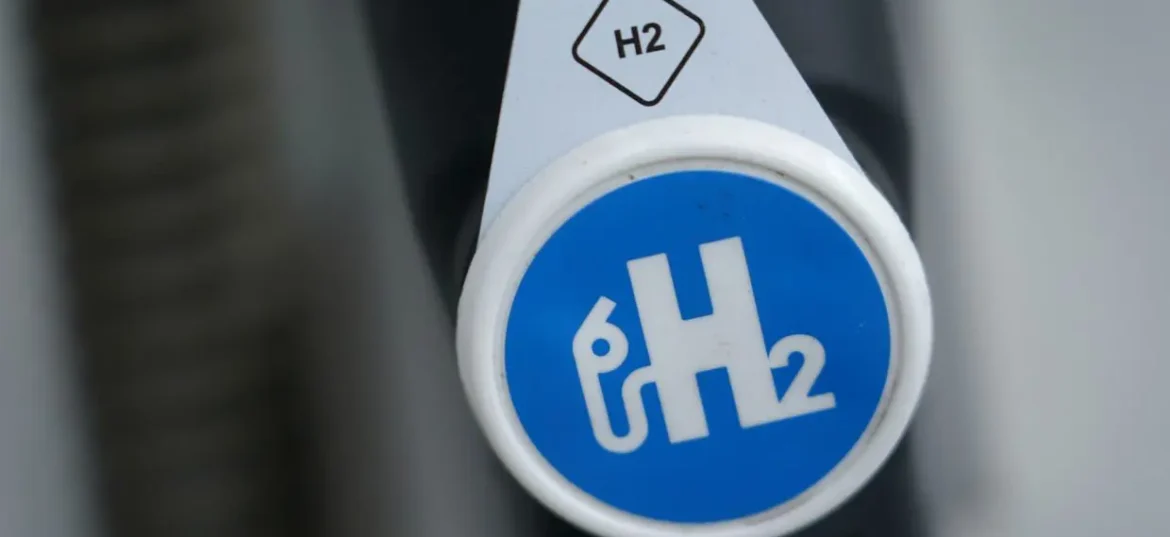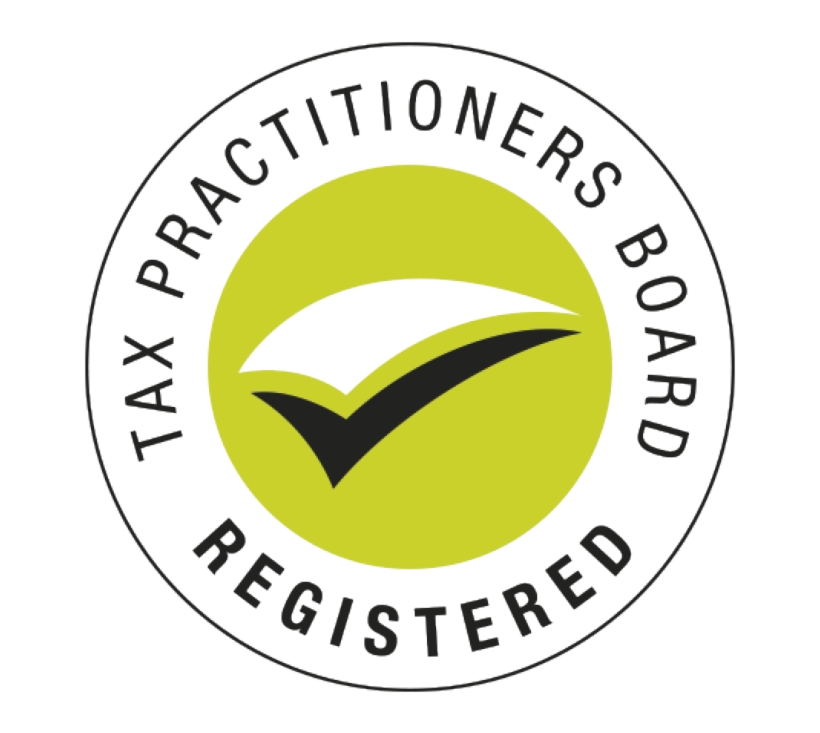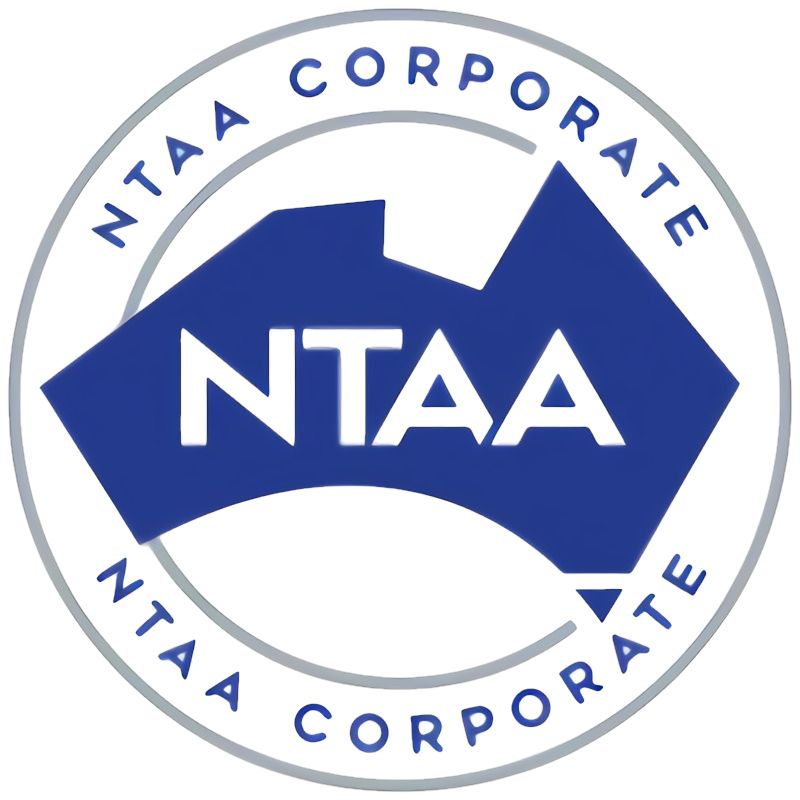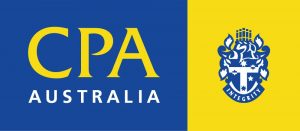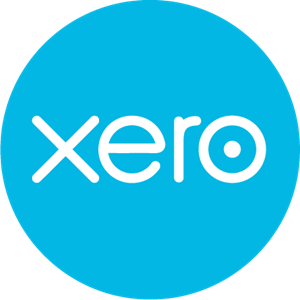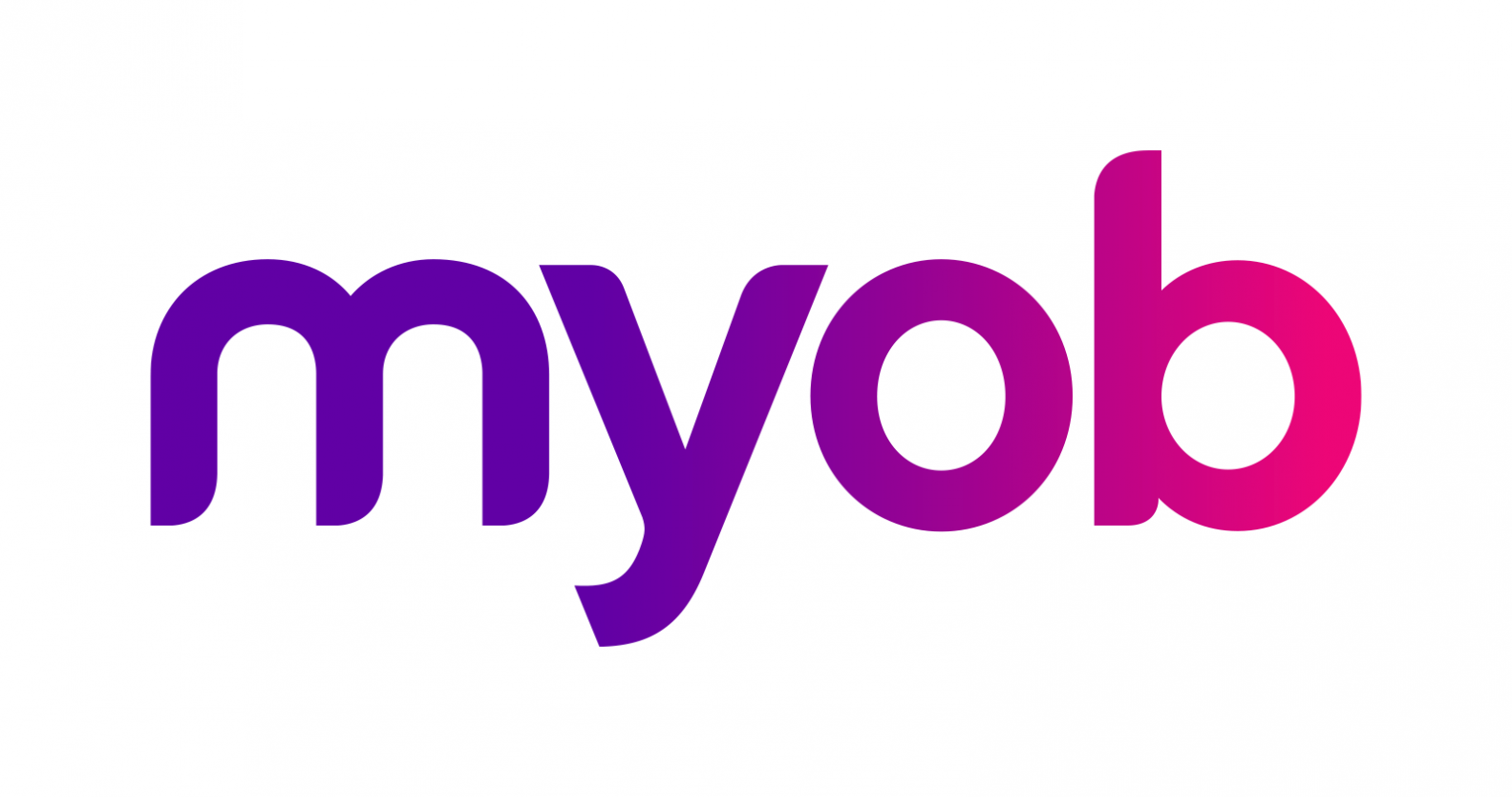As the end of financial year approaches, the Australian Taxation Office (ATO) has released several important updates and reminders relevant to individuals, small business owners, and ride-sourcing service providers. This month’s key developments include clarification on deduction rules, compliance obligations, asset write-off measures, and superannuation preservation age. Below is a summary of the most critical points. ATO Denies “Wild” Work-Related Deduction Claims The ATO has highlighted a number of unreasonable tax deduction claims submitted by individuals attempting to categorise personal purchases as work-related expenses. Examples include: All of these claims were rejected, as they relate to personal use rather than genuine work-related expenses. The ATO reiterates that taxpayers must ensure any claim is directly tied to income generation, and must […]
1. What are PAYG Instalments for SMSFs? Pay – as – you – go (PAYG) instalments for SMSFs are a system that requires fund trustees to make regular prepayments towards the expected tax liability on the fund’s business and investment income during the income year. The actual tax liability is determined at the end of the income year when the annual income tax return is assessed. The PAYG instalments paid throughout the year are then credited against this assessment to figure out if more tax is owed or if a refund is due. 2. Who is Required to Pay PAYG Instalments? The ATO will contact entities and individuals (in this case, SMSF trustees) who are required to pay PAYG instalments.[…]
Managing Day-to-day Transactions The ATO provides the following guidance to help small business owners manage their tax obligations more effectively: Minimum Pension Drawdown Reminder for SMSFs Self-managed super funds (SMSFs) must pay a minimum annual pension amount to members receiving an account-based pension. This amount is determined by applying the relevant age-based percentage factor to the member’s pension account balance as at 1 July 2024, or pro-rata for pensions commenced part-way through the 2025 financial year. Failure to meet the minimum payment requirement by 30 June may result in adverse tax consequences for the member. Avoiding Common CGT Errors Holding a Foreign Resident Capital Gains Withholding (FRCGW) clearance certificate does not exempt a taxpayer from capital gain tax (CGT) obligations.[…]
ATO “Busts” Common NFP myths Editor: As the Not-Editor: As the Not-for-profit (NFP) self-review return deadline approaches in March, the ATO has recently released a publication to address and debunk several common misconceptions. Myth 1: All NFPs are income tax exempt. ATO response: This is not true. Some NFPs are income tax exempt and some are taxable. Myth 2: There is only one way to lodge the NFP self-review return. ATO response: There are three ways, as follows: Myth 3: Anyone can lodge the NFP self-review return online. ATO response: If lodging via Online services for business, anyone authorised to access the return in Online Services can lodge. If a registered tax agent has been engaged, they can also prepare[…]
In 2025, employers must navigate several key tax obligations to ensure compliance. This guide provides a focused overview of these responsibilities, including critical dates and practical tips for accurate tax reporting. How to master employer obligations in 2025 Employers must stay abreast of their tax obligations to ensure compliance and avoid penalties. Key dates and requirements for 2025 include: For pay as you go (PAYG) withholding, employers must withhold the correct amount of tax from employee payments and remit these amounts to the ATO. Regarding single touch payroll (STP), employers should finalise their STP data by 14 July 2025 for the 2024/25 financial year. Note that there may be a later due date for closely held payees. Super guarantee (SG)[…]
In the April 2025 Practice Update, the ATO has announced a series of compliance measures and deadlines affecting small businesses. From superannuation and fringe benefits tax to BAS and transfer balance caps, business owners need to act now to remain compliant. ATO’s 2025 Small Business Focus The ATO is currently focusing on several areas where small businesses are often found non-compliant: The ATO is also monitoring: Super Guarantee Reminder – March 2025 Quarter The Superannuation Guarantee (SG) contributions for the March 2025 quarter must be received by employees’ super funds by Monday, 28 April 2025. Failing to meet the deadline means paying the SG charge, which includes penalties and interest.Note: The SG rate for the 2025 financial year is 11.5%.[…]
As part of the 2024–25 Budget, the Government announced its Future Made in Australia package to support Australia’s transition to a net zero economy. This package included 2 new, temporary tax incentives: These measures are now law. Critical Minerals Production Tax Incentive The CMPTI provides eligible companies with a refundable tax offset of 10 per cent of the eligible costs of processing certain critical minerals in Australia. The offset will be available for a maximum of 10 years between 1 July 2027 and 30 June 2040. The CMPTI is jointly administered by the ATO and the Department of Industry, Science and Resources. Hydrogen Production Tax Incentive The HPTI is a refundable tax offset of $2 per kilogram of eligible hydrogen produced by eligible companies. The[…]
About the incentive In the 2024–25 Budget, the Australian Government announced its Future Made in Australia package. This package supports Australia’s transition to a net zero economy. The Future Made in Australia package includes support for investment in critical minerals processing in Australia through the Critical Minerals Production Tax Incentive (CMPTI). This measure is now law. The CMPTI provides eligible recipients with a refundable tax offset of 10 per cent of the eligible costs of processing certain critical minerals in Australia. The offset will be available between 1 July 2027 and 30 June 2040, for a maximum of 10 years. Administration The Department of Industry, Science and Resources (DISR) and the ATO jointly administer the CMPTI: Eligibility You are eligible for the CMPTI tax offset in an income[…]
The ATO’s small business online learning platform provides flexible and free courses to build knowledge for all stages of operating a business or organisation. NFPs share many tax obligations with small businesses, and the online learning is a valuable resource to help you avoid common mistakes and understand the tax and super obligations of your NFP better. Essentials for your small business can enhance your knowledge of tax and super with a learning path tailored to support your NFP, at a time that is convenient for you. Key features of the learning platform include: You can also save your progress and jump back into a course when you’re ready again. Some content that NFPs might find useful includes: With over 20[…]
If you employ staff, here are the important dates and obligations to remember throughout the year, to set yourself up for success. Super guarantee (SG) Fringe benefits tax (FBT) 31 March 2025 marks the end of the 2024–25 FBT year. There are 4 key steps to nail your obligations for FBT tax time. Pay as you go (PAYG) withholding Tax rates may increase from 1 July 2025. Use the tax withheld calculator to calculate how much you need to withhold from your employees’ payments. Single touch payroll (STP) Finalize your STP data by 14 July 2025 for the 2024–25 year. This ensures your employees have the right information they need to lodge their income tax returns. If you have any closely held payees, you may have a later due date for[…]







